
COVID-19 has mutated, as viruses do, and experts say that its most common symptoms have shifted somewhat. While the telltale signs of the virus used to include shortness of breath, coughing, and a loss of taste or smell, today, a COVID infection can produce signs that are quite different.

According to the latest CDC data, the most common COVID-19 variants are EG.5 (also known as Eris), which is behind about 29% of cases nationwide. FL.1.5.1 (a.k.a. Fornax) and HV.1 (which is part of the XBB.1.9.2 lineage) both account for about 13% of cases. All are subvariants of Omicron. Infectious disease experts are keeping a close eye on BA.2.86, the heavily mutated strain also known as Pirola, but it only accounts for about 0.1% of cases nationwide at this point.
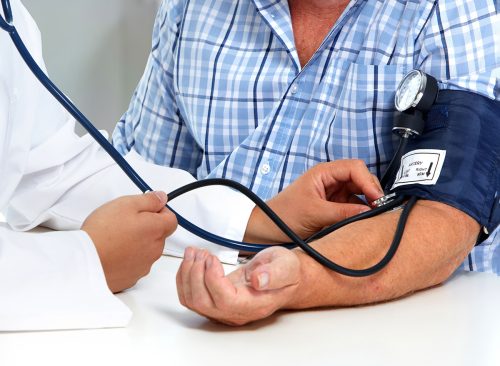
On Sept. 16, NBC News reported that COVID symptoms are now milder and seem to follow a pattern. The disease used to be concentrated in the lungs, but now it mainly seems to attack the upper respiratory tract. Three doctors told the news outlet the most common initial symptom is a sore throat. This is followed by congestion and sometimes sneezing, said Dr. Erick Eiting, vice chair of operations for emergency medicine at Mount Sinai Downtown in New York City.
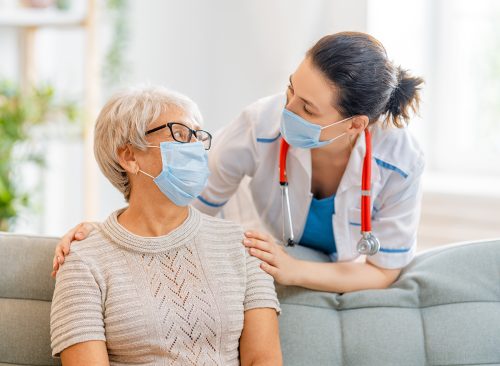
“Just about everyone who I’ve seen has had really mild symptoms,” Eiting said of the patients he’s seen in urgent care.”The only way that we knew that it was COVID was because we happened to be testing them.”
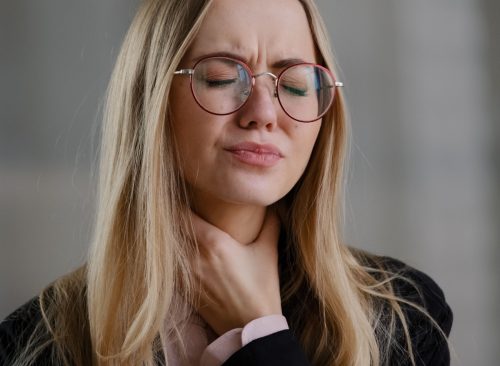
The sore throat that’s common with COVID now can range in severity from mild to quite painful. Dr. Grace McComsey, vice dean for clinical and translational research at Case Western University, said some of her patients have described “a burning sensation like they never had, even with strep in the past.”

“Then, as soon as the congestion happens, it seems like the throat gets better,” said McComsey.
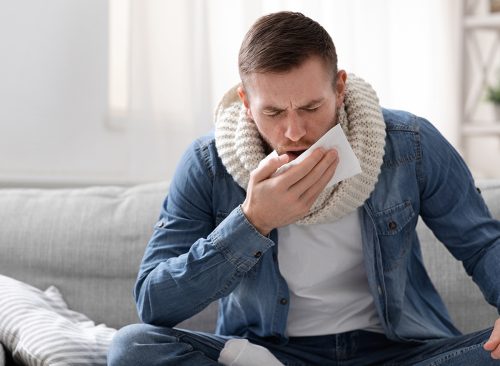
The doctors told NBC that some patients experience a headache, fatigue, muscle aches, fever, chills, or post-nasal drip that may lead to a cough. But coughing is no longer a primary symptom.

McComsey said fatigue and muscle aches usually last a few days, while congestion can last for a couple of weeks.

McComsey said only about 10% to 20% of her COVID patients report the loss of taste or smell, compared to around 60-70% early in the pandemic. Eitling said that diarrhea—a telltale sign of previous variants—is no longer common.

On Sept. 28, a doctor in the UK reported that she’s seeing more patients complaining of “horrific headaches” with new COVID infections. “The viruses affect every cell in your body, so if you have headaches, fever, general aches and pains, coughs, chances are you have a virus, whether that’s COVID, flu, or something else,” Dr. Helen Wall told the Manchester Evening News. “Patients that I have seen have had the whole host of symptoms, but the headache seems quite prominent at the moment.” In the UK, as in the US, the dominant variant is EG.5, a.k.a. Eris.
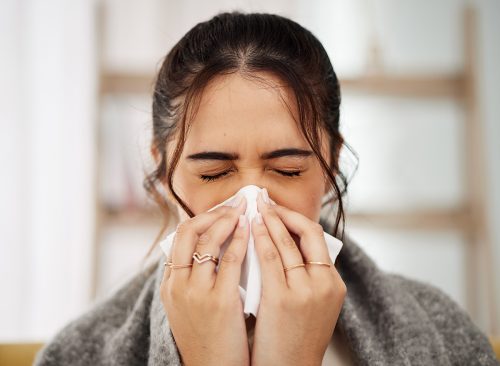
On Sept. 18, Dr. Bobbi Pritt, a professor at the Mayo Clinic, told the UK Express that the five most common COVID symptoms at the moment are headache, runny nose, sneezing, sore throat, and fatigue.
RELATED: Surprising Signs You’ve Already Had COVID
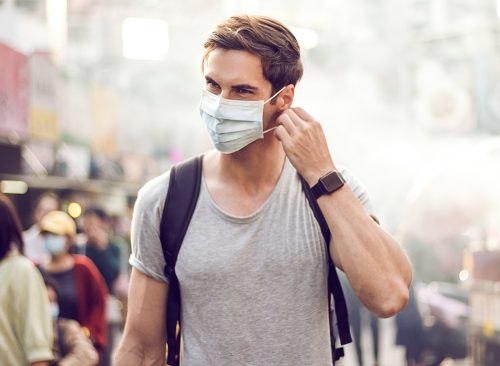
As cases rise, experts recommend the common-sense measures that have gotten us through the pandemic so far. The CDC recommends that everyone older than six months get the updated COVID vaccine this fall. Experts also advise carrying a mask and using it in crowded situations or where people may be coughing or sneezing, always masking during travel (particularly on airplanes), practicing good hand hygiene, and doing a personal risk assessment about engaging in activities that have been associated with COVID spread, such as indoor dining or visiting crowded venues such as arenas or movie theaters.














